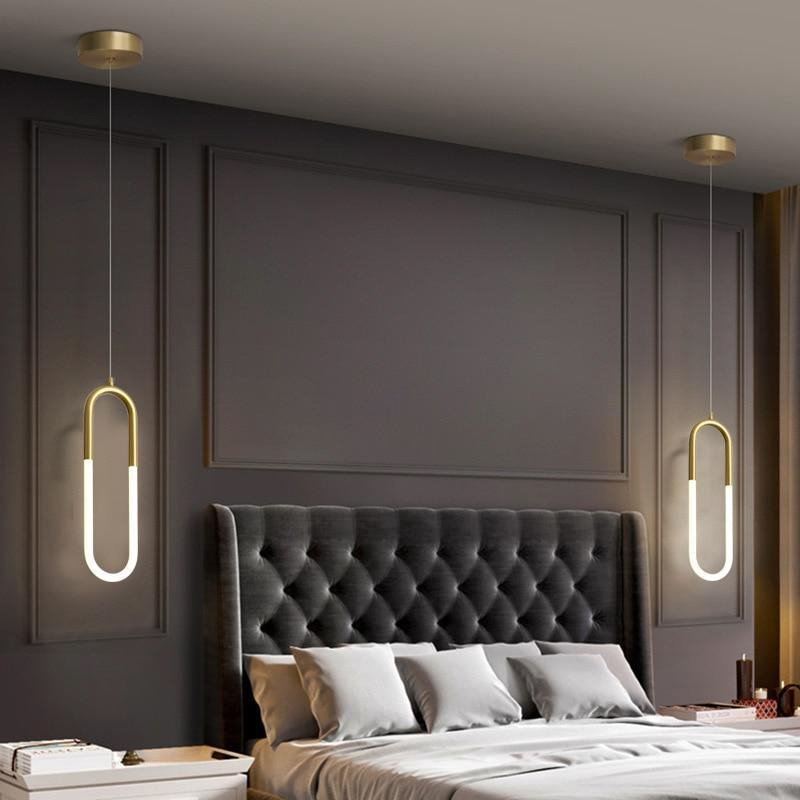The lighting pendant is a popular fixture in interior design that provides both functional and aesthetic benefits. It can serve as a focal point of a room, enhance the ambiance, and cast a desirable light on objects and surfaces. However, not all lighting pendants are created equal. Some have risen to fame due to their innovative design, quality materials, and superior craftsmanship. Others have fallen from grace, tarnished by poor performance, low durability, or outdated fashion. In this article, we will explore the rise and fall of lighting pendants throughout history, from the earliest times to the present day.
The Rise of Lighting Pendants
The origins of lighting pendants can be traced back to ancient civilizations such as Egypt, Greece, and Rome. These cultures used various materials such as bronze, clay, and glass to make lamps and lanterns that were suspended from ceilings or walls. These early lighting pendants were not only functional but also decorative, featuring intricate designs and symbols that reflected the beliefs and values of the societies that created them.
As time passed, lighting pendants Hoognu became more sophisticated and versatile. In the Middle Ages, chandeliers emerged as a popular form of lighting fixture, characterized by their ornate structure and many arms holding candles. During the Renaissance, glassmakers in Venice and Murano developed a technique for making intricate glass beads and pendants that were used to embellish chandeliers and other lighting fixtures. In the 18th and 19th centuries, the Industrial Revolution brought new materials and manufacturing processes that enabled the mass production of lighting pendants, making them more affordable and widely available.
In the 20th century, lighting pendants underwent a transformation as designers sought to create avant-garde forms that challenged the traditional notions of lighting. The Art Nouveau movement, for example, emphasized organic shapes inspired by nature, while the Art Deco style favored geometric shapes and bold colors. Mid-century modern lighting pendants combined simplicity, elegance, and functionality, using materials such as metal, wood, and glass in innovative ways. And in recent years, contemporary lighting pendants have explored new forms, materials, and technologies, incorporating LEDs, smart controls, and eco-friendly featuresThe Fall of Lighting Pendants
Although lighting pendants have enjoyed a long history of success, they have also faced challenges and setbacks. One of the main issues is durability, as some lighting pendants are prone to breakage, corrosion, or wear and tear. Low-quality materials, inadequate manufacturing techniques, and poor design can all contribute to the decline of a lighting pendant over time. In addition, some lighting pendants suffer from functional or aesthetic obsolescence, meaning they no longer meet the needs or tastes of consumers.
Another factor that can detract from a lighting pendant’s success is competition. With so many lighting fixtures available on the market, manufacturers must work harder to stand out and differentiate themselves from others. This can lead to a proliferation of similar designs, knock-offs, or cheap imitations that dilute the appeal of lighting pendants overall.
Finally, changes in technology, culture, and consumer behavior can also impact the success of lighting pendants. For example, the rise of LEDs has enabled lighting pendants to be more energy-efficient and customizable, but it has also disrupted the traditional lighting industry and forced manufacturers to rethink their business models. Similarly, changing consumer preferences for minimalism, sustainability, or smart home technology may influence the types of lighting pendants that are in demand.
The rise and fall of lighting pendants is a testament to the evolution of design, culture, and technology over time. From ancient lamps to contemporary LEDs, lighting pendants have been both a functional necessity and a cultural artifact. While some lighting pendants have enjoyed lasting success and become iconic in their own right, others have faded into obscurity or gone through a cycle of revival and decline. As designers and manufacturers continue to innovate and adapt to changing trends, it is clear that the lighting pendant will remain a vital and dynamic part of interior design for years to come.
















